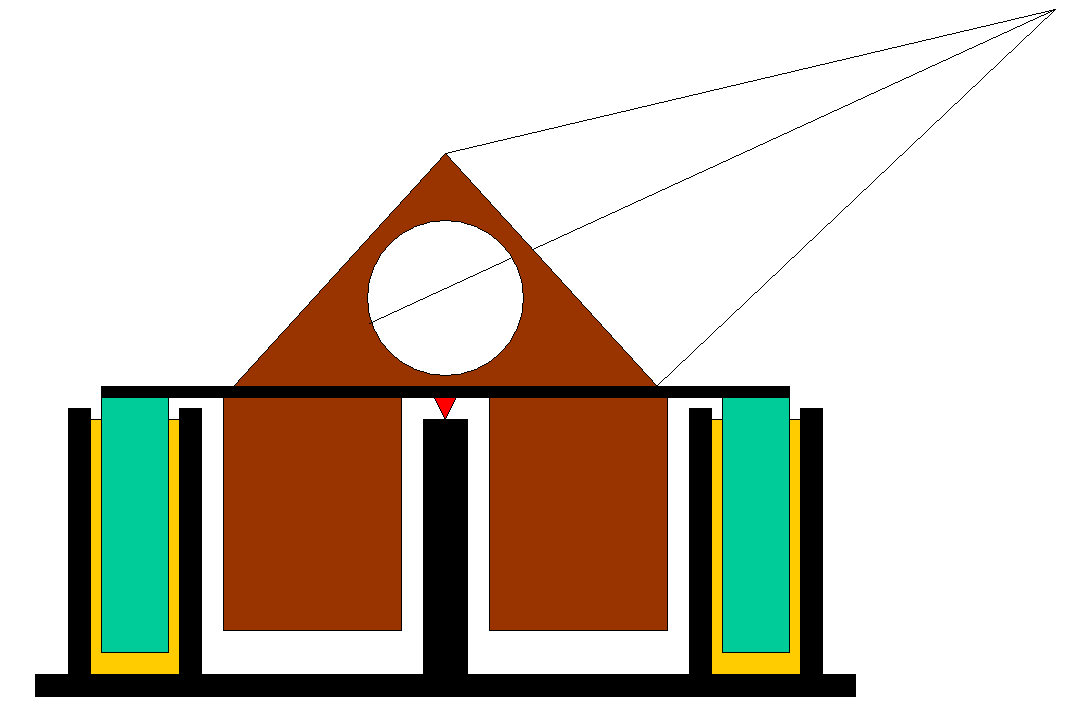

If Schoenbergian atonal expressionism is indeed meant to access the dream state, one should be able to interpret it in terms of turn-of-the-twentieth-century conceptions of the mind. There Schoenberg speculates about Klangfarbenmelodie, a spiritual music that “will bring us closer to the illusory stuff of our dreams.” (6) (4)ĭuring the years when their atonal style was taking shape, Schoenberg and his circle were enthralled by Strindberg’s dream plays, (5) and if the closing words of Schoenberg’s Harmonielehreare to be believed, Schoenberg aspired to a dreamlike effect in his own music. But one mind stands over and above them all, the mind of the dreamer and for him there are no secrets, no inconsistencies, no scruples, no laws.

The characters split, double, multiply, dissolve, condense, float apart, coalesce. Working with some insignificant real events as a background, the imagination spins out its threads of thoughts and weaves them into new patterns. The dream plays of August Strindberg had plots intended, as Strindberg put it, to imitate the incoherent but ostensibly logical form of our dreams. Many artists at the beginning of the twentieth century aspired to be conscious of the processes by which the mind organized perceptions. The contours of thought interacted with the contours of sound to produce a kind of interference pattern represented by the dashed lines, through which linguistic representation emerged.) William James, likewise, viewed the “stream of consciousness” as the sum of innumerable neural activations each of these had a simple rising and falling contour, but when added together in a particular way their sum amounted to complex thoughts. (2) (Saussure’s dashed lines represented divisions into words-in effect they were rationalizations allowing the relation of thought to sound. As Figure 1 shows, the linguist Ferdinand de Saussure, for example, pictured both the “plane of sound” entering the ear (A) and the “plane of thought” of the hearer (B) as composed of many small, simple noises or ideas, representing both as streams of short, overlapping contours. (1) These empiricists believed that the orderly appearance of the environment was simply an interpretation formed by grouping those messy stimuli in conventional ways. Scientists, philosophers, writers, and artists at the beginning of the twentieth century were preoccupied by the empiricist realization that the stimuli reaching the senses were not orderly in themselves but were a messy mass of lines and noises, as were the thoughts in the mind which responded to those stimuli. Saussure’s “plane of vague, amorphous thought” (A) and “the equally featureless plane of sound” (B)


 0 kommentar(er)
0 kommentar(er)
